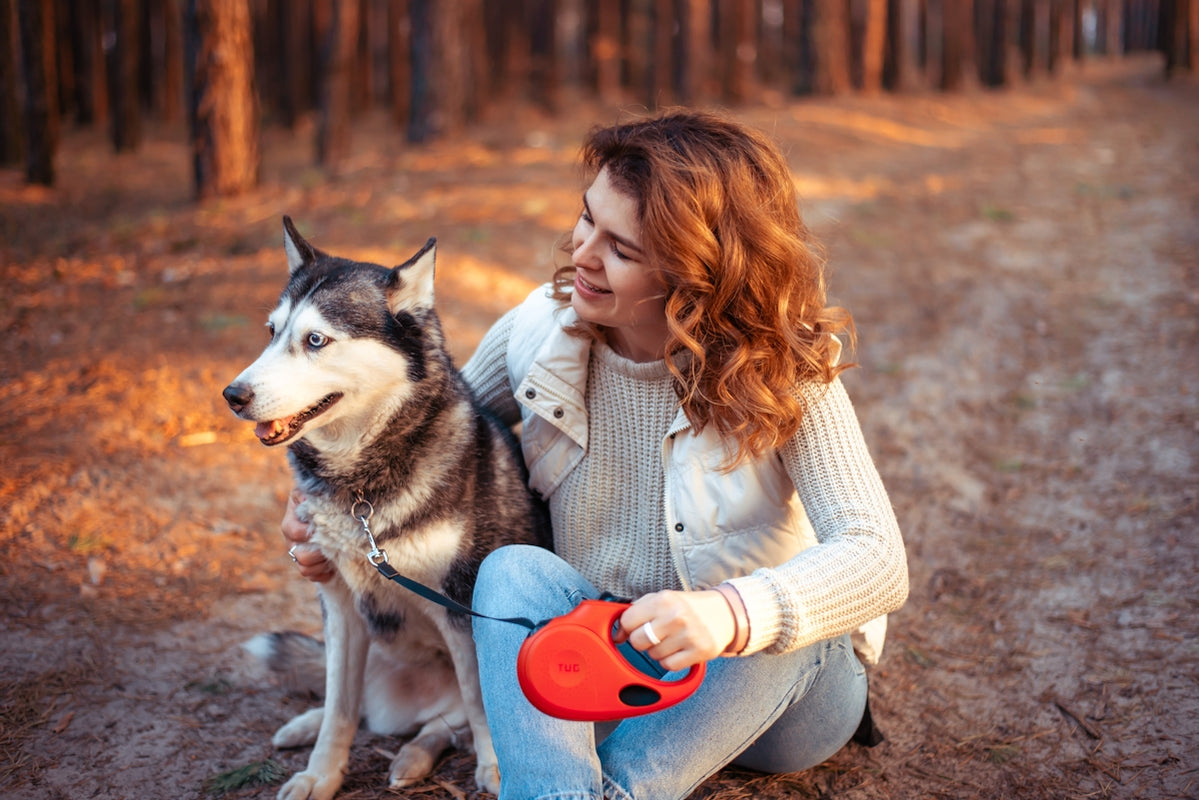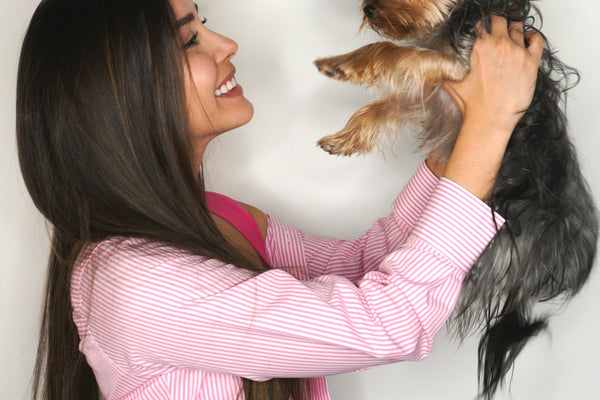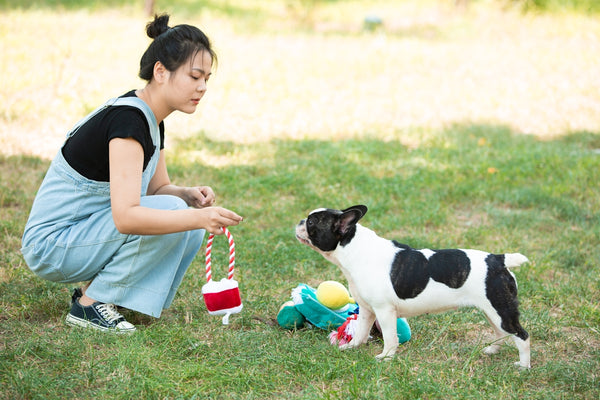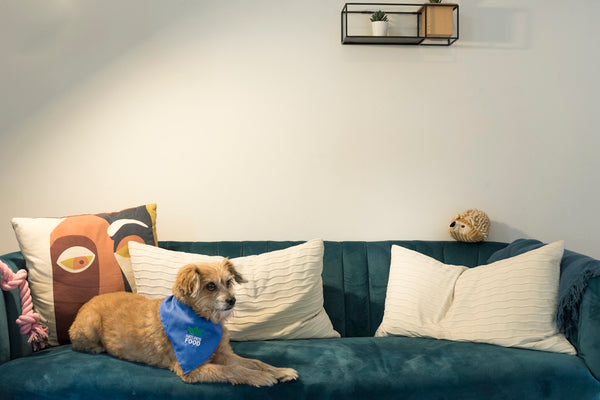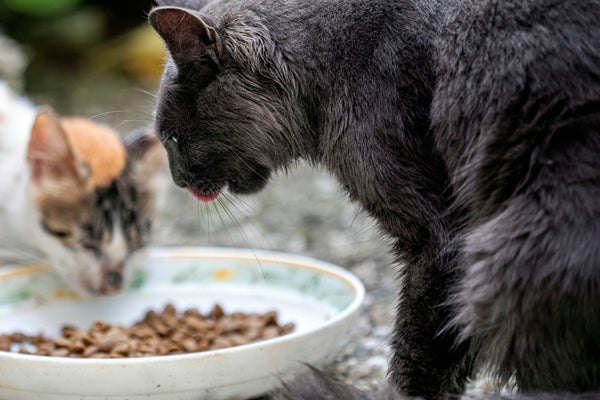Caring for a pet is an enriching experience filled with joy and companionship, but it also comes with the responsibility of managing their health challenges. This is particularly true when it comes to aiding their recovery from illness or injury. Understanding the nuances of pet recovery and healing processes can make all the difference in ensuring your furry companion's swift and comfortable return to health.
Understanding Pet Healing Processes
Just like humans, pets have natural healing processes, although they differ slightly depending on the species. Recognizing these differences is crucial for providing the best care. For example, cats and dogs may handle pain differently and require diverse healing environments.
The Stages of Healing
The healing process can be separated into three main stages: inflammation, proliferation, and maturation.
- Inflammation: This is the body's initial reaction to injury or surgery, where the immune system works to protect the site of injury and prevent infection. Swelling and redness are common during this stage.
- Proliferation: The second stage involves tissue formation and wound contraction. New blood vessels form to supply nutrients, and collagen builds up to provide strength.
- Maturation: This final stage can last several months as the healed tissue strengthens and matures to resemble the original tissue. Full functional integrity is restored during this period.
Factors Affecting Pet Recovery
Several factors can influence your pet's recovery and healing process, and it's essential to manage these variables to facilitate effective healing:
- Nutrition: Providing a balanced diet rich in protein, vitamins, and minerals can speed up recovery. Discuss with your veterinarian to customize a diet plan suitable for your pet's condition.
- Exercise and Rest: While moderate exercise can help maintain your pet's muscle tone, excessive activity can hinder the healing process. Ensure your pet gets plenty of rest to support recovery.
- Environmental Stressors: Create a calm and safe environment, reducing stressors that could impede recovery. Consider environmental enrichment using pet toys, such as Exciting Corgi-Husky Pet Toys to Banish Boredom to keep your pet entertained without over-exertion.
Pain Management and Comfort
Effective pain management is pivotal in the healing process. Always follow the veterinarian’s recommendations regarding medications. In addition to pharmaceuticals, consider non-medicated ways to provide comfort:
- Soft Bedding: Offer supportive and soft bedding to help alleviate discomfort and pressure on sensitive areas.
- Temperate Environment: Keep the recovery area at a comfortable temperature, ensuring it’s neither too hot nor too cold.
- Spill-Proof Water Bowls: Ensure your pet has easy access to water without the risk of spillage. Spill-Proof Pet Travel Water Bowl provides a practical solution for dispensing water.
The Role of Veterinary Care
Veterinary care is indispensable in establishing a recovery plan tailored to your pet's needs. Regular follow-ups can help track the progress of healing and allow for timely adjustments in therapy.
Post-Surgery Recovery
Post-operative care varies depending on the procedure, but general guidelines include:
- Monitoring the surgical site for signs of infection, ensuring the area remains clean and dry.
- Adhering to prescribed medication schedules for pain relief and antibiotics.
- Following dietary and activity restrictions as advised by the veterinarian.
For cats recovering from orthopedic surgeries, elevated feeding stations like Cat Dish Tableware for Pet Supplies can aid in reducing strain during meals.
Holistic and Alternative Therapies
Consider complementary therapies if appropriate, after consulting with your veterinarian, such as:
- Physical Rehabilitation: Tailored exercises can enhance mobility and improve muscle strength.
- Acupuncture: Helps in pain management and can stimulate natural healing processes.
- Massage Therapy: This can alleviate muscle tension and promote relaxation.
Frequently Encountered Challenges in Pet Recovery
Pet guardians often face challenges during the recovery process; being prepared can ease both your and your pet’s stress.
- Appetite Loss: A common concern where slight dietary adjustments or feeding smaller, more frequent meals may help.
- Behavioral Changes: Recovery can lead to temporary behavioral changes. Providing consistent routines and positive reinforcement can help.
- Pet Transport: Post-surgery or during routine check-ups, transporting your pet safely is crucial. A Pet Carrier Tote Shoulder Bag offers secure and comfortable transportation for pets needing minimal movement post-recovery.
Conclusion
Pet recovery is a journey that requires patience, attention, and love. Understanding the healing process and providing the necessary care will lead to a more comfortable and effective recovery period for your pet. Remember to consult your veterinarian with any questions or concerns about your pet’s health.
For more resources and product recommendations to aid in your pet's recovery, explore My Pet Collective. Here, you’ll find a variety of products and educational content to support you in your journey as a pet parent.
We wish your pet a swift and healthy recovery!
